Your One-Stop Shop for Everyday Essentials & Unique Finds
Essential Dog Care in Cold Weather: Keeping Your Pup Safe and Warm
As the colder months roll in, keeping your dog safe and warm becomes a top priority. Cold weather can be tough on our furry friends, especially those with thinner coats or smaller bodies. Luckily, with some simple adjustments and extra precautions, you can ensure your pup stays cozy and healthy all winter long. Here are some essential tips for dog care in cold weather.
Key Takeaways
- Dress your dog in a warm coat or sweater, especially if they are small or short-haired.
- Protect your dog's paws from ice and salt with booties or by cleaning their paws after walks.
- Limit outdoor time during extreme cold, and never let your dog off-leash in snowy areas.
- Keep an eye out for signs of frostbite and hypothermia, and know when to seek veterinary help.
- Adjust your dog's diet for winter by monitoring their calorie intake and consulting your vet.
Keeping Your Pup Cozy With The Right Gear
Winter is coming, and while some dogs are built for the cold, others need a little help staying warm. Think of it like this: you wouldn't go out in a blizzard in just a t-shirt, right? Same goes for your furry friend! Let's make sure they're prepped for those chilly days with the right gear.
Choose The Right Coat Or Sweater
Not all dogs are created equal when it comes to handling cold weather. Small breeds, dogs with short hair, and even older pups can really feel the chill. A good coat or sweater can make all the difference. When picking one out, make sure it fits snugly but doesn't restrict their movement. You want them to be comfortable, not like they're wearing a straightjacket! Consider a winter coat that's insulated and maybe even waterproof if you live somewhere with a lot of snow or rain.
Protect Their Paws From Ice And Salt
Okay, let's talk paws. Ice and salt on the sidewalks can be super irritating for your dog's sensitive paw pads. Imagine walking barefoot on that stuff – ouch! You've got a couple of options here. You can either clean their paws really well after every walk (warm water and a towel usually does the trick), or you can invest in some dog booties. Now, I know what you're thinking: dog booties can look a little silly. But trust me, your dog's comfort is worth it! Plus, they're actually pretty effective at keeping your dog’s feet safe. If you go the bootie route, start by having your dog wear them inside for short periods to get used to them.
Keep Your Dog’s Bed Warm And Cozy
After a long day of playing in the snow (or just braving the cold for a quick potty break), your dog deserves a warm and cozy place to rest. Make sure their bed is away from any drafts. You could even consider getting a heated dog bed – they're surprisingly affordable and your pup will absolutely love it! Or, just toss a warm blanket in there. My dog, Max, is obsessed with his fleece blanket in the winter. He burrows under it and looks like a little burrito. It's the cutest thing ever! Just make sure whatever you use is safe and won't overheat.
Creating a warm and inviting space for your dog isn't just about comfort; it's about their health and well-being. A cozy bed can help them regulate their body temperature and prevent them from getting sick during the colder months. It's a small investment that can make a big difference in their overall happiness.
Mindful Outdoor Adventures
Okay, so winter's here, and your dog's got energy to burn. We get it! But before you both dash out into a winter wonderland, let's talk about keeping those outdoor adventures safe and fun. It's all about being smart and paying attention to the conditions. No one wants a trip to the vet because of a preventable cold-weather boo-boo.
Limit Your Dog’s Time Outside
This one's pretty straightforward. Just like you wouldn't want to stand outside in freezing temps for hours, neither does your dog. Especially if they're a smaller breed or have a thin coat. Keep those walks and play sessions shorter than usual. Pay attention to how your dog is acting. Are they shivering? Lifting their paws? Time to head inside!
Never Let Your Pup Off-Leash
I know, I know, your dog is super well-behaved. But winter changes things. Snow can cover up familiar scents, making it easier for your dog to get disoriented. Plus, emergency situations can arise quickly. It's just not worth the risk. Keep them on a reliable leash and under control. Trust me, it's better to be safe than sorry.
Stay Aware Of Winter Safety Hazards
Winter isn't just about snow and pretty scenery; it also brings some serious hazards for our furry friends. Things like:
- Antifreeze: This stuff is deadly, and it tastes sweet, which makes it extra dangerous. Clean up any spills immediately and store it safely away.
- Ice Melt: Many ice melts contain chemicals that can irritate your dog's paws. Look for pet-safe options, or make sure to wipe their paws after walks.
- Hidden Ice: Black ice is a real danger for both you and your dog. Be careful where you're walking, and avoid icy patches if possible.
Remember, a little extra caution can go a long way in keeping your dog safe during the winter months. By being mindful of the potential hazards and taking steps to protect your pup, you can both enjoy the season to the fullest.
Indoor Activities For Cold Days

When the weather outside is frightful, don't let your dog's energy levels drop! There are tons of ways to keep them entertained and active indoors. Think of it as a chance to bond and get creative.
Fun Games To Play Indoors
Forget the winter blues with some exciting indoor games! A classic game of hide-and-seek can be surprisingly fun, using treats or toys as the hidden treasure. Tug-of-war is another great option for burning energy, just make sure you're using a durable toy and playing safely. You can even try a modified version of fetch in a long hallway or open space, being mindful of breakable objects. These games not only provide physical exercise but also offer mental stimulation, keeping your dog happy and engaged. Remember to keep the sessions short and sweet to maintain their interest. You can also try new indoor games to keep things fresh.
Creating An Obstacle Course
Transform your living room into an agility arena! Use pillows, blankets, chairs, and even cardboard boxes to create a fun and challenging obstacle course. Guide your dog through the course using treats and positive reinforcement. Start with simple obstacles and gradually increase the difficulty as they get the hang of it. This is a fantastic way to provide both physical and mental exercise, and it's a great bonding experience for you and your furry friend. Just make sure the course is safe and doesn't have any sharp edges or hazards.
Using Interactive Toys
Interactive toys are a lifesaver on cold days! Puzzle toys that dispense treats are a great way to keep your dog entertained and mentally stimulated. There are many different types of puzzle toys available, ranging from simple to complex, so you can find one that suits your dog's skill level. You can also use toys that squeak, crinkle, or make other interesting noises to keep them engaged. Rotate the toys regularly to prevent boredom and keep things exciting. These toys are a great way to expend your puppy’s boundless energy.
Remember, even short bursts of indoor play can make a big difference in your dog's overall well-being during the winter months. It's all about finding activities that you both enjoy and that keep them happy and healthy until the warmer weather returns.
Recognizing Cold Weather Symptoms
It's super important to keep an eye on your furry friend during the winter months. Just like us, dogs can suffer from the cold, and it's up to us to spot the signs early. Catching these symptoms quickly can make all the difference in keeping your pup happy and healthy all winter long.
Signs Of Hypothermia In Dogs
Hypothermia is a serious concern when temperatures drop. It happens when a dog's body temperature falls too low, and it can be life-threatening if not addressed quickly. Here's what to watch out for:
- Shivering: This is often the first sign. If your dog is shivering uncontrollably, it's a clear signal they're trying to warm up.
- Lethargy: A dog with hypothermia might seem unusually tired or weak. They may be reluctant to move or play.
- Cold extremities: Check their ears, paws, and tail. If these areas feel cold to the touch, it's a sign their body is struggling to maintain heat. If you notice these symptoms, it's important to seek veterinary care right away.
- Muscle stiffness: You might notice your dog is having trouble moving or seems stiff when they walk.
Identifying Frostbite
Frostbite occurs when body tissue freezes, most commonly affecting the extremities like ears, tails, and paws. It's not always immediately obvious, but here's what to look for:
- Pale or gray skin: Affected areas might appear discolored, often turning pale or even grayish.
- Cold and hard skin: The skin might feel unusually cold and hard to the touch.
- Swelling: In some cases, the affected area might swell up.
- Pain: Your dog might show signs of pain if you touch the area.
If you suspect your dog has frostbite, don't rub the affected area. Instead, gently warm it with lukewarm water and contact your vet immediately.
When To Call The Vet
Knowing when to seek professional help is key. If you notice any of the following, it's time to call the vet:
- Severe shivering that doesn't stop.
- Signs of frostbite, such as discolored skin or swelling.
- Extreme lethargy or weakness.
- Difficulty breathing.
- Any other concerning symptoms that don't improve quickly.
It's always better to err on the side of caution when it comes to your dog's health. A quick call to the vet can provide peace of mind and ensure your furry friend gets the care they need.
Adjusting Your Dog’s Diet For Winter
Okay, so winter's here, and it's not just about grabbing your warmest coat. Your dog's needs are changing too! Think of it like switching from summer iced tea to a cozy mug of hot cocoa. We need to tweak their diet to keep them happy and healthy through the colder months. It's all about understanding their activity levels and making smart choices. Let's dive in!
Monitoring Caloric Intake
Winter often means less running around outside, which means fewer calories burned. It's super easy for your pup to pack on a few extra pounds without even trying. I mean, who doesn't love a little extra comfort food when it's freezing out? But for our furry friends, those extra pounds can lead to health problems. So, keep an eye on their weight and adjust their food accordingly. Maybe reduce their portions slightly or switch to a lower-calorie food if they're not as active. It's all about balance!
Adding Nutritional Supplements
Sometimes, even with the best food, your dog might need a little boost during winter. Think of it as adding a multivitamin to your own routine. Supplements can help with everything from joint health to skin and coat condition, which can suffer in the dry winter air. Omega-3 fatty acids are great for their skin, and glucosamine can help keep their joints happy, especially for older dogs. Just make sure you're choosing high-quality supplements and following the recommended dosage. It's like giving them a little extra TLC from the inside out. Remember to check out some dog supplements to help your furry friend.
Consulting Your Vet
Before you make any major changes to your dog's diet, it's always a good idea to chat with your vet. They know your dog's specific needs and can offer personalized advice. They can also help you identify any underlying health issues that might be affecting your dog's appetite or weight. Plus, they can recommend the best supplements and food options for your furry friend. It's like getting a second opinion from a trusted expert. Don't hesitate to reach out – your vet is there to help you keep your dog happy and healthy all winter long. It's always better to be safe than sorry, especially when it comes to your dog's diet.
It's important to remember that every dog is different. What works for one might not work for another. Pay attention to your dog's individual needs and adjust their diet accordingly. And don't forget to provide plenty of fresh water, even in the winter. Dehydration can still be a problem, even when it's cold outside.
Winter Grooming Tips For Your Dog
Winter can be tough on your pup's coat and skin, but with a few adjustments to your grooming routine, you can keep them looking and feeling great! It's all about preventing dryness and discomfort during those chilly months. Let's dive in!
Regularly Check Their Coat
Daily brushing is your best friend during winter. It helps to remove any mats or tangles that can trap moisture and lead to skin irritation. Plus, it's a great way to bond with your dog! Pay special attention to areas where snow and ice tend to accumulate, like their belly and legs. Regular brushing also stimulates blood flow, promoting a healthier coat. If you notice excessive shedding or dandruff, it might be a sign that their skin is too dry. Consider using a humidifier in your home to add moisture to the air. You can also check for any signs and symptoms of cold-related problems.
Moisturizing Their Skin
Just like us, dogs can suffer from dry skin in the winter. The dry air can really take a toll! Consider adding a moisturizing dog shampoo to their bath routine. But don't overdo it with the baths – too frequent bathing can strip their skin of its natural oils. Look for shampoos with ingredients like oatmeal or aloe vera, which are known for their soothing properties. After bathing, you might also want to use a dog-friendly leave-in conditioner or moisturizing spray. These products can help to lock in moisture and keep their coat soft and shiny. Remember to always choose products specifically formulated for dogs, as human products can be harmful.
Trimming Fur Around Paws
This is a big one! Long fur around your dog's paws can collect snow and ice, leading to painful ice balls between their toes. Ouch! Regularly trim the fur around their paws to prevent this. You can use blunt-nosed scissors or a paw trimmer for this task. Be extra careful not to cut their skin. After walks, always check their paws for ice or salt. Wipe their paws with a warm, damp cloth to remove any residue. You might also want to consider using paw protection like booties or paw wax to create a barrier against the elements. This will help keep their paws clean, dry, and protected from the harsh winter conditions. Don't forget that your dog has extra water available, as they can become dehydrated in indoor, heated conditions.
Training Tips For Winter Walks
Winter walks can be a blast, but they also come with their own set of challenges. It's like, one minute you're enjoying the crisp air, and the next, your dog is pulling like crazy because they spotted a squirrel buried under a mountain of snow. Let's talk about how to make those winter strolls a bit more enjoyable for both you and your furry friend.
Keeping Your Dog Focused
Okay, so, focus is key. It's easy for dogs to get distracted by all the new smells and sights that come with winter. Think about it: snow, ice, maybe even some festive decorations. Start with short training sessions indoors before you even head outside. Work on commands like "look at me" or "leave it." High-value treats are your best friend here. When you're outside, keep those treats handy and reward your dog for paying attention to you, even with distractions around.
Addressing Leash Pulling
Leash pulling can be a real pain, especially when you're trying to navigate icy sidewalks. I've been there, trust me! One thing that's helped me is using a front-clip harness. It gives you more control and discourages pulling without choking your dog. Also, try changing direction whenever your dog starts to pull. It might seem annoying at first, but it teaches them that pulling doesn't get them where they want to go. Be patient, and remember to reward them when they walk nicely by your side.
Socializing In Cold Weather
Socializing in the winter can be tricky. Dog parks might be less crowded, but it's still important to make sure your dog is comfortable around other dogs, even in the cold. If you're meeting another dog owner, keep the interactions short and sweet. Watch your dog's body language for signs of stress or discomfort. If they seem anxious, it's okay to cut the interaction short. Remember, it's better to have a few positive experiences than one long, stressful one. And hey, maybe you'll even make a new friend for yourself, too!
Winter walks don't have to be a struggle. With a little bit of training and patience, you can turn those chilly outings into fun and rewarding experiences for both you and your dog. Just remember to stay positive, keep those treats handy, and enjoy the winter wonderland together!
Wrapping It Up: Happy Winter Adventures with Your Pup
So there you have it! Keeping your dog safe and warm during the winter doesn’t have to be a hassle. With a little planning and some cozy gear, you can make sure your furry friend enjoys the chilly months just as much as you do. Remember to keep an eye on their comfort levels, and don’t hesitate to bring them inside if it gets too cold. Winter can be a blast for both of you, filled with fun walks and snuggly nights by the fire. Just stay aware, and you’ll both be ready to tackle whatever the season throws your way!
Frequently Asked Questions
How can I tell if my dog is too cold during winter walks?
If you're feeling cold, your dog probably is too! Look for signs like shivering, weakness, or red and flaky skin.
What are the best types of dog coats for winter?
The best coats depend on your dog's size. For short-haired or small dogs, a thick fleece or puffer jacket is great. Just make sure it's the right size and allows movement.
How can I keep my dog active indoors during winter?
You can play games like hide and seek, tug of war, or fetch. Setting up an obstacle course with furniture can also be fun!
Is it necessary to change my dog’s diet in winter?
Yes, since dogs are less active in winter, it's good to monitor their food intake. You might also consider adding supplements, but check with your vet first.
What are the signs of frostbite and hypothermia in dogs?
Frostbite can cause pale or gray skin, while hypothermia may show as shivering, weakness, or cold ears and paws.
What should I do if my dog gets too cold?
If your dog shows signs of being too cold, bring them inside immediately and warm them up. If symptoms persist, contact your vet.

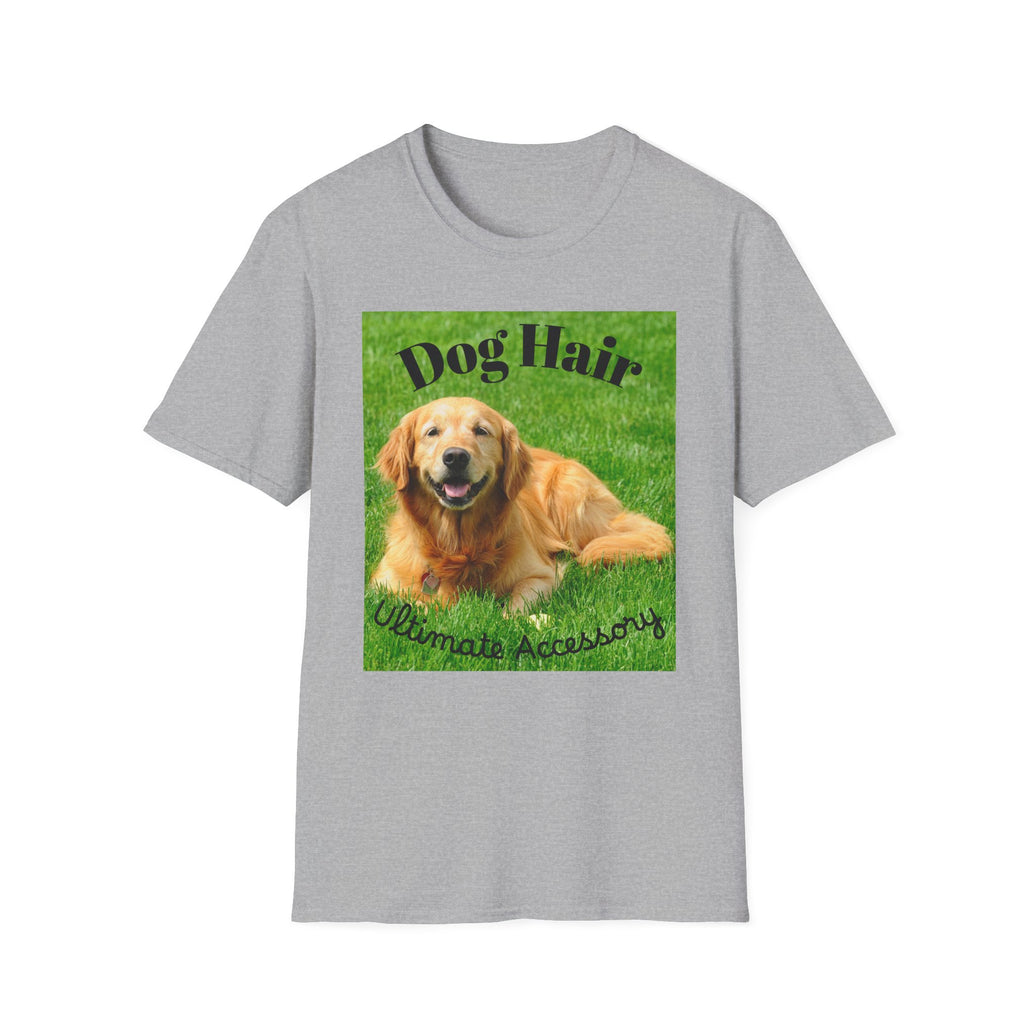
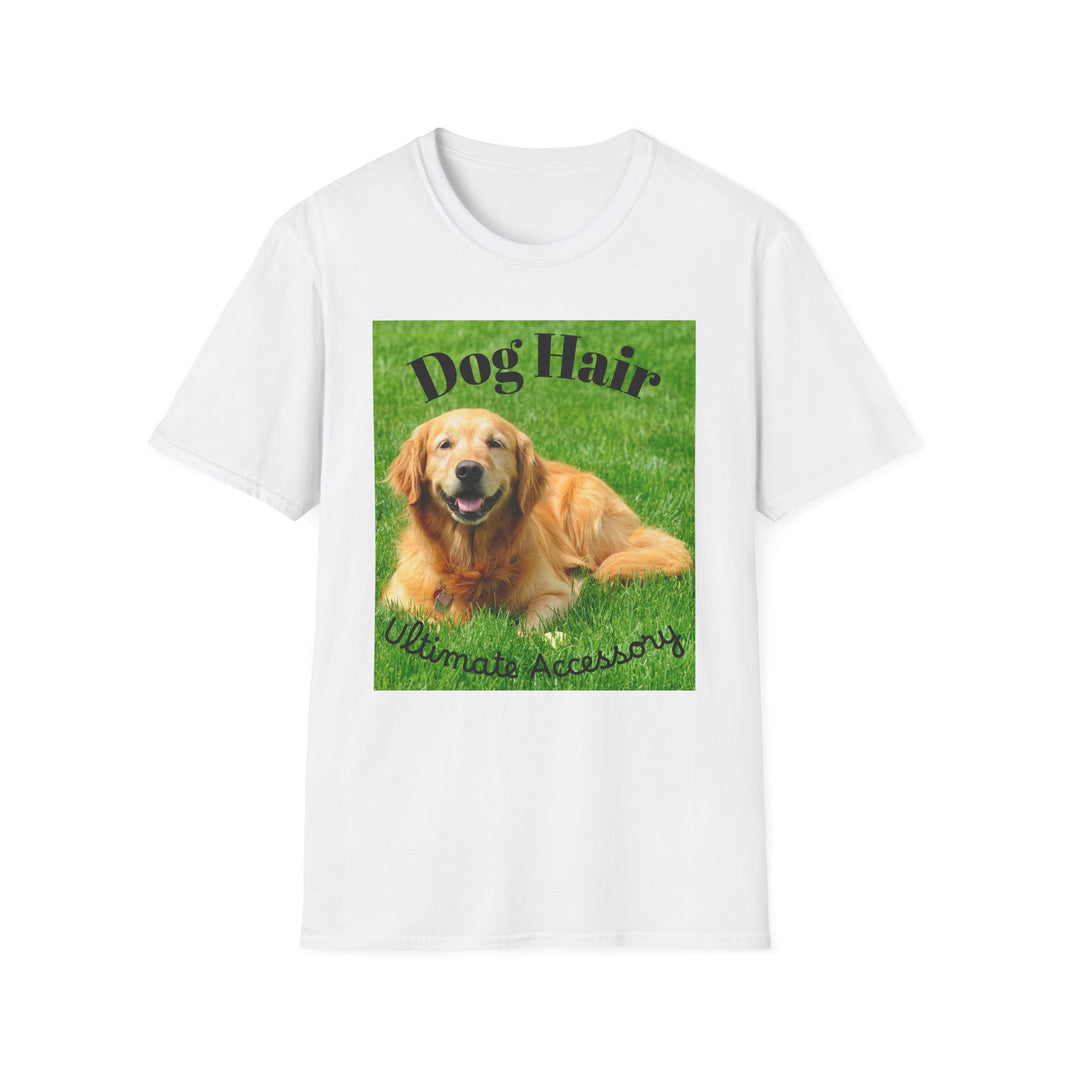
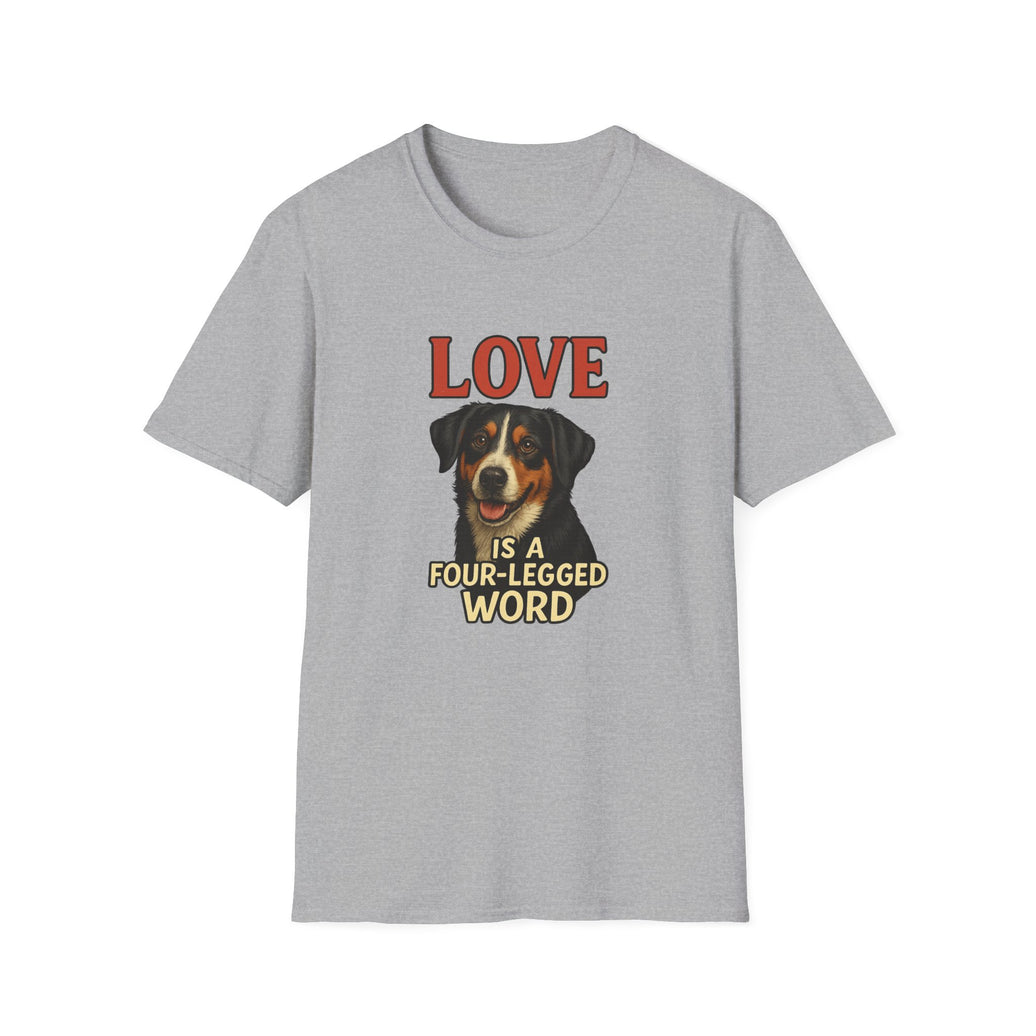
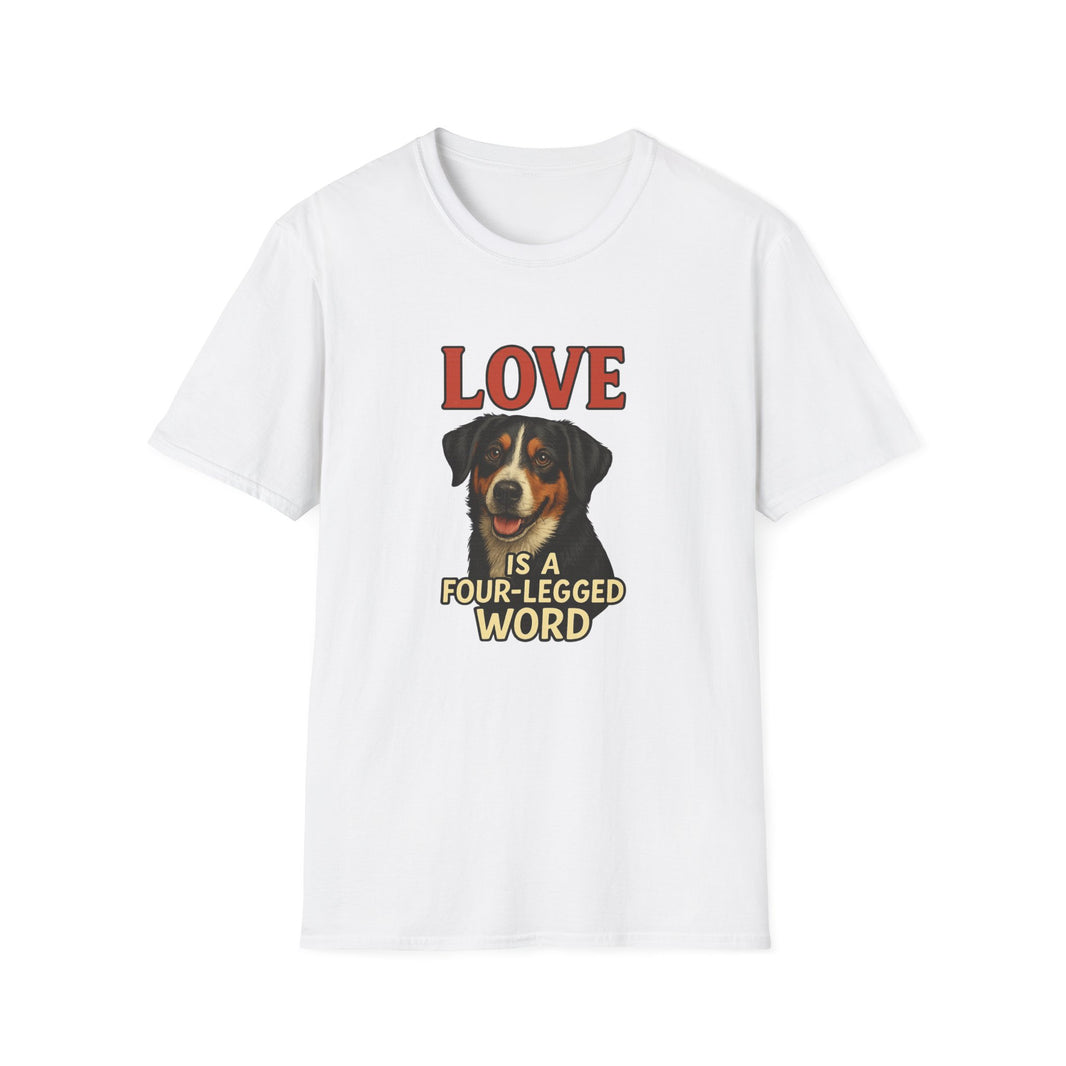

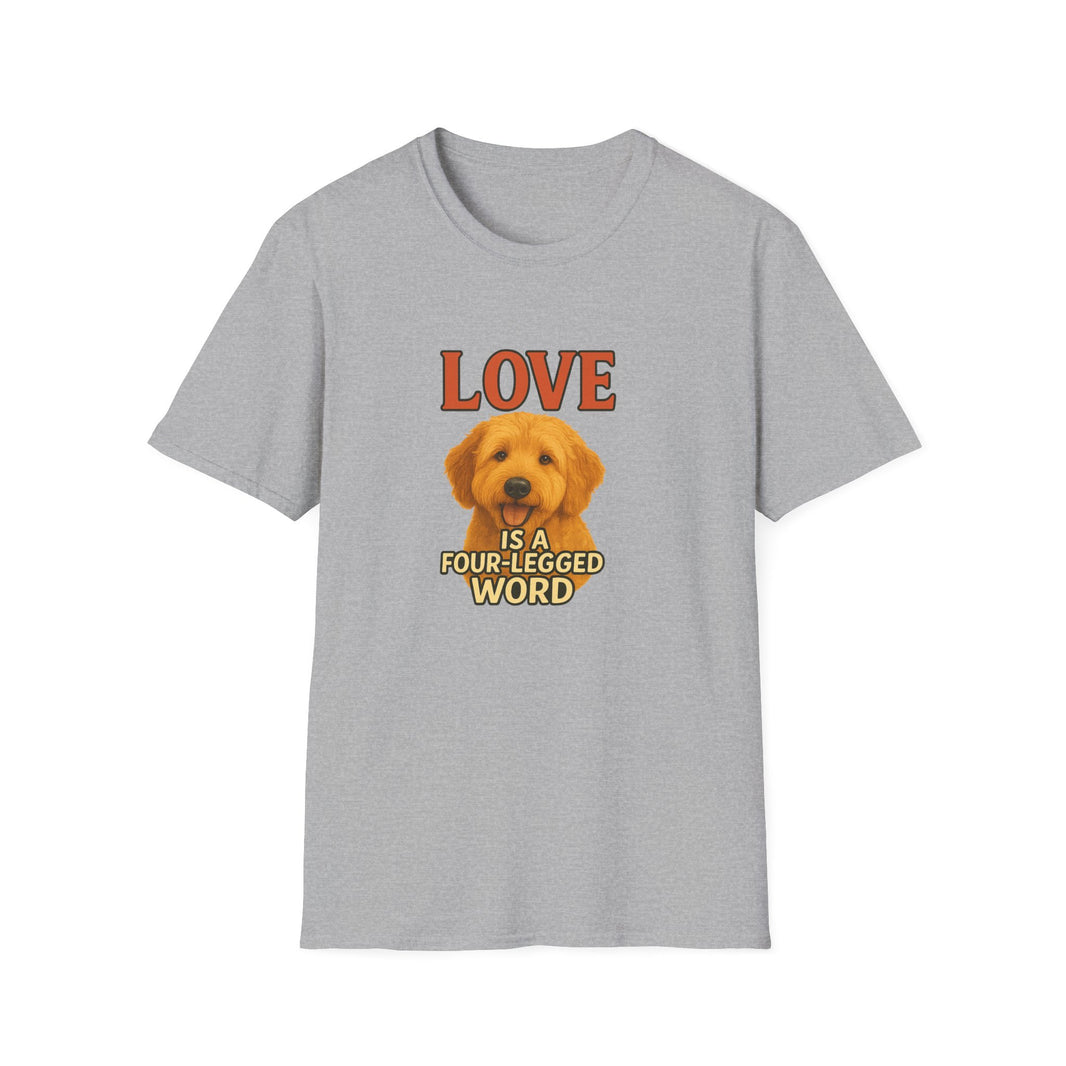




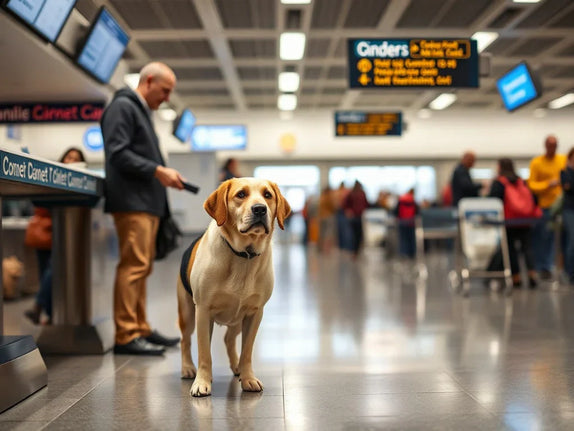

Leave a comment